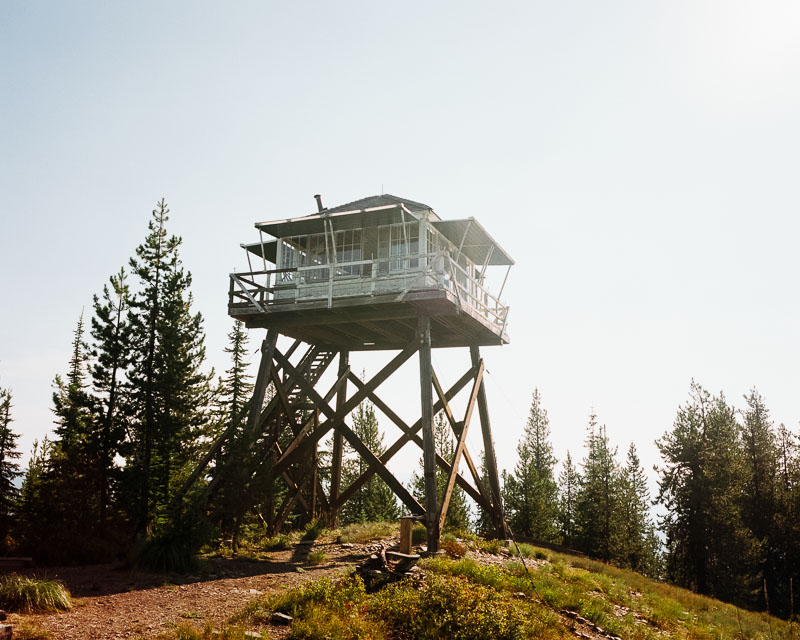Introduction by Kyle von Hoetzendorff. Photographs by Daniel Wakefield Pasley.
There are few state boundaries as perfectly square as the northern tip of the Idaho Panhandle. Viewed from afar, like on a small map or pulled way back on Google’s Earth, this little peninsula of mountain wilderness skinnies between Washington and Montana, meeting Canada head-on with a the blunt impact of a sledge hammer. That doesn’t mean that this striking rhombus is without it’s cultural asymmetries. As one of the last areas in the lower 48 states to have been explored by European settlers, Idaho remained wild long after the rest of the country was mapped and parceled. This is a place for 4x4s and bow hunting, for TNT and pick axes, for cave-ins and abandoned cabins, this is a place for Robert Redford movies, a Mecca for the rugged individual.
High, dry, and isolated the Panhandle drew the restless, the wild, and the solitary. Trappers and hunters arrived to this nowhere from everywhere as they escaped the confines of some place. They fled the soot-clogged tenements of the early eastern cities and the fervent conformity of the agricultural establishments taking root in the Midwest.
As settlers manifested their own destiny, driving their woeful wagon trains east across the Rockies, they largely bypassed this hard stretch of land favoring the more inhabitable biomes of Washington, Oregon, and California. The Idaho Panhandle was left to miners and fortune hunters trading the comfort of society for the wild asceticism that is endemic to the hunting of geologic fortune. It was these lonely wild men and women who established the character of the Idaho Panhandle and the zeitgeist informs the areas current cultural character of willful independence.
Lightning Safety Protocol
(Transcribed from the dubiously-prepared USFS guidelines on file at Arid Peak Lookout.)
"During your visit to a Lookout, it is absolutely essential that you know and follow the prescribed safety precautions for your personal safety during a thunderstorm. Lookouts are built on prominent peaks, so lightning strikes are probable. After years of research and experience, the Forest Service has learned to ground Lookouts to prevent injury or death from lightning strikes. Structures are wrapped in #2 copper wire that is connected to grounding wires. Depending upon soil conditions, these ground wires may extend eighty feet away from the structure.1 Do not, under any circumstances, interfere with the grounding wires or air connections. As a lookout visitor, know the weather forecast. Be watchful and attentive to approaching thunderstorms. Determine how far away the storm is: count the seconds between a lightning flash and the resulting thunderclap; each five seconds equals one mile. For example, if there is a thirteen second lapse in time, the storm is about two and a half miles away. If the storm is more than five miles away (more than 25 seconds), go indoors (lookout cabin or vehicle) and stay dry. Stay away from any metal objects in the lookout tower. Turn off any cellphones, computers, radios etc. If the storm is one to five miles away (that's 5-25 seconds), do not get in between any metal objects (including portable radios) you may have brought with you. If the storm is less than one mile away (less than five seconds), stay indoors and away from windows. Wait until the storm has sufficiently passed to resume normal activities."
- For a detailed explanation of USFS grounding techniques, please refer to this official document. [PDF, 4.7MB] [↩]

